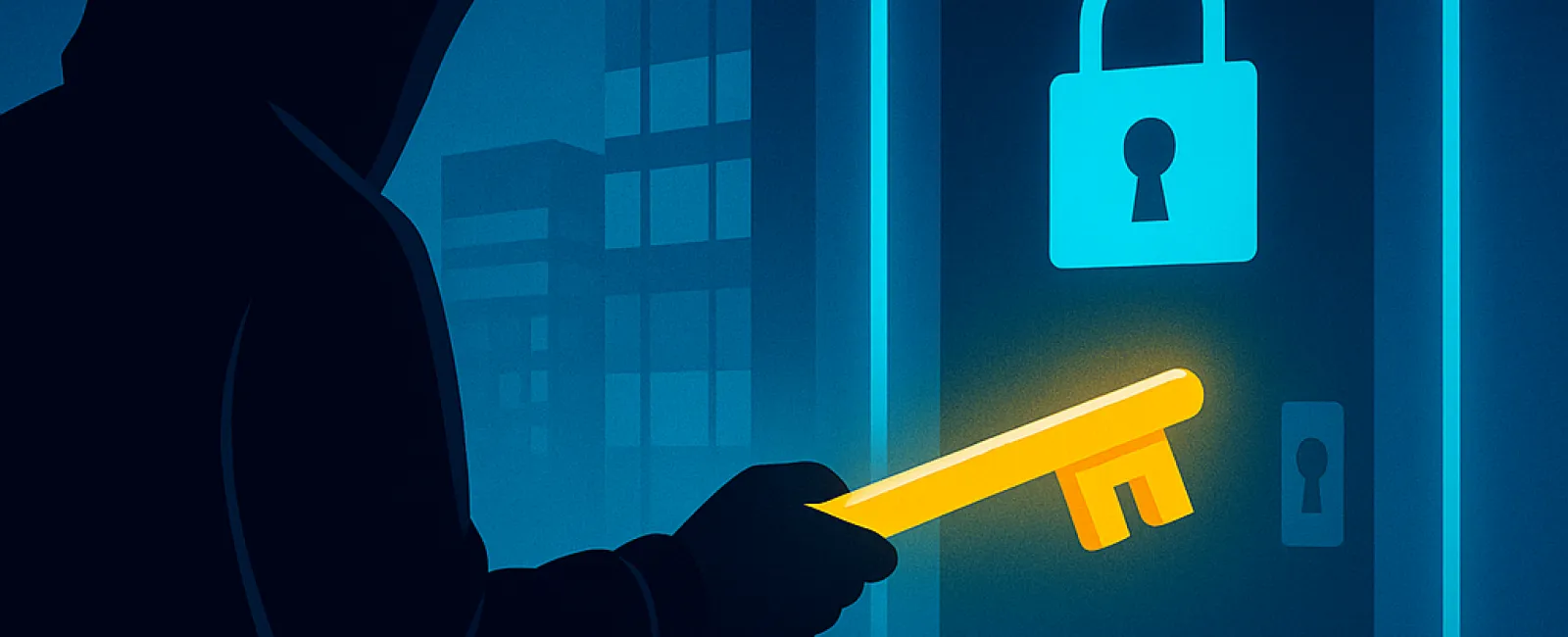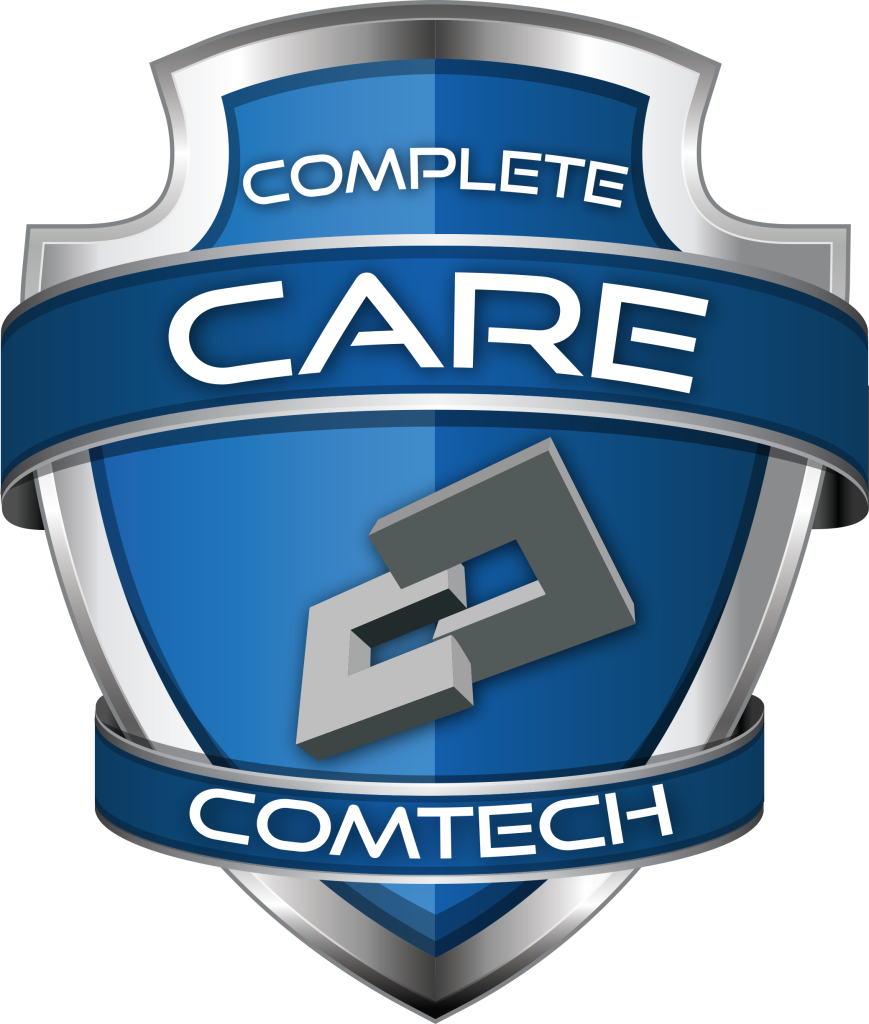August 04, 2025
Cybercriminals are evolving their tactics to target small businesses more effectively. Instead of forcing entry, they're quietly gaining access using what matters most—your login credentials.
This method, known as an identity-based attack, has become the leading way hackers infiltrate systems. They steal passwords, deceive employees with sophisticated phishing emails, or bombard users with login requests until someone unknowingly grants access. Sadly, this approach is proving highly effective.
Recent data from a cybersecurity firm reveals that 67% of major security breaches in 2024 stemmed from compromised login details. Even industry giants like MGM and Caesars fell victim the year prior—highlighting that small businesses are equally at risk.
How Do Hackers Break In?
Most attacks begin with something as simple as a stolen password, but hackers are using increasingly clever strategies:
· Deceptive emails and counterfeit login pages trick employees into revealing sensitive information.
· SIM swapping allows criminals to intercept text messages used for two-factor authentication (2FA).
· Multi-factor authentication (MFA) fatigue attacks overwhelm users with repeated login prompts until they mistakenly approve access.
Attackers also exploit vulnerabilities through personal devices or third-party vendors like help desks and call centers to gain entry.
Protect Your Business with These Simple Steps
The good news? You don't have to be a cybersecurity expert to safeguard your company. Implementing a few key measures can dramatically reduce your risk:
1. Enable Multifactor Authentication (MFA)
Add an extra layer of security by requiring a second form of verification. Opt for app-based or security key MFA methods, which offer stronger protection than text message codes.
2. Educate Your Team
Train employees to identify phishing attempts and suspicious login requests. An informed team is your first line of defense.
3. Restrict Access
Limit employee permissions to only what's necessary. This way, if a hacker compromises an account, their access remains contained.
4. Adopt Strong Password Practices or Go Passwordless
Encourage the use of password managers or advanced authentication methods like fingerprint scans and security keys to eliminate reliance on passwords.
The Bottom Line
Hackers relentlessly pursue your login information, constantly refining their tactics. Staying protected doesn't mean going it alone.
We're here to help you implement effective security measures that keep your business safe without complicating your team's workflow.
Wondering if your business is at risk? Let's talk. Click here or give us a call at (336) 443-0061 to book your 15-Minute Discovery Call.







